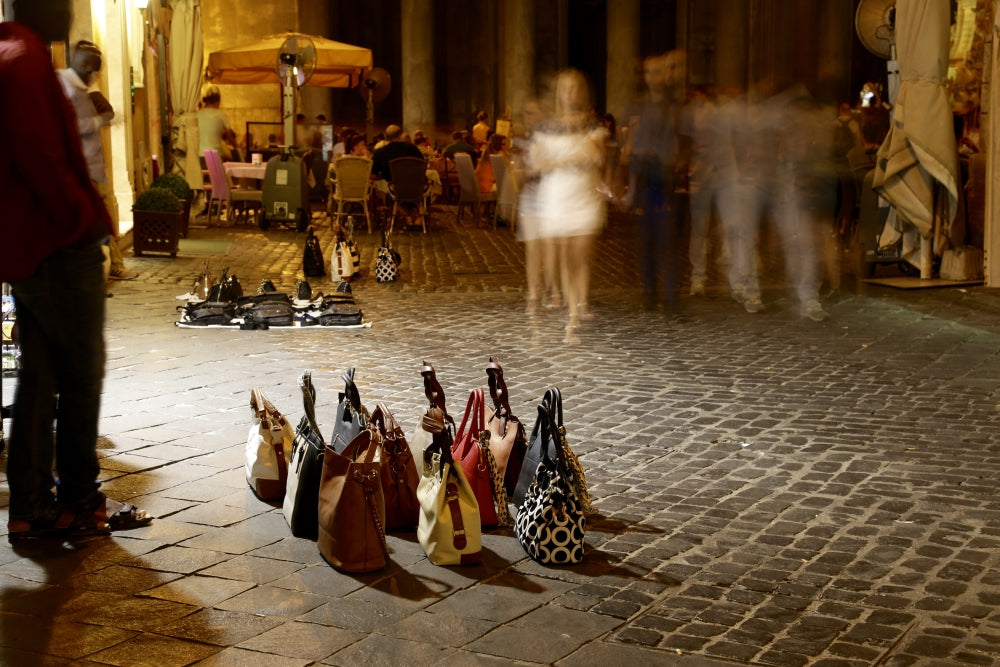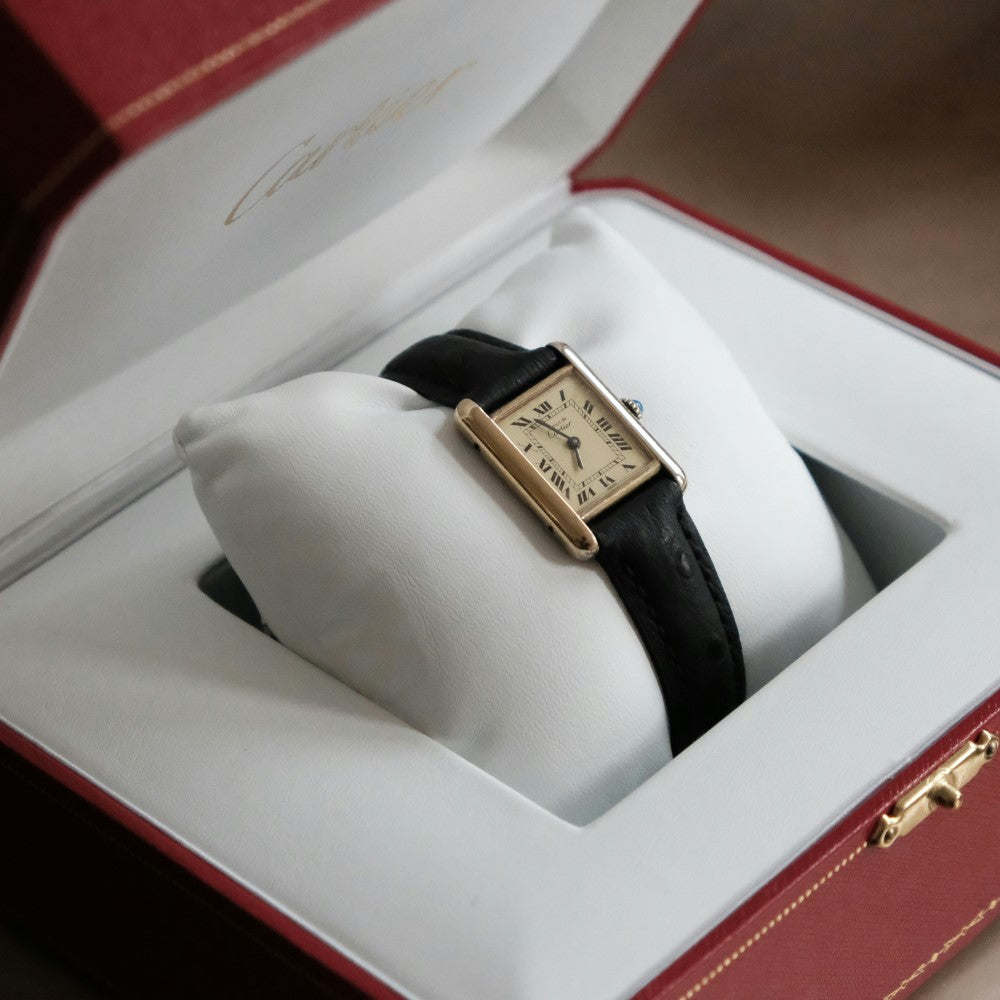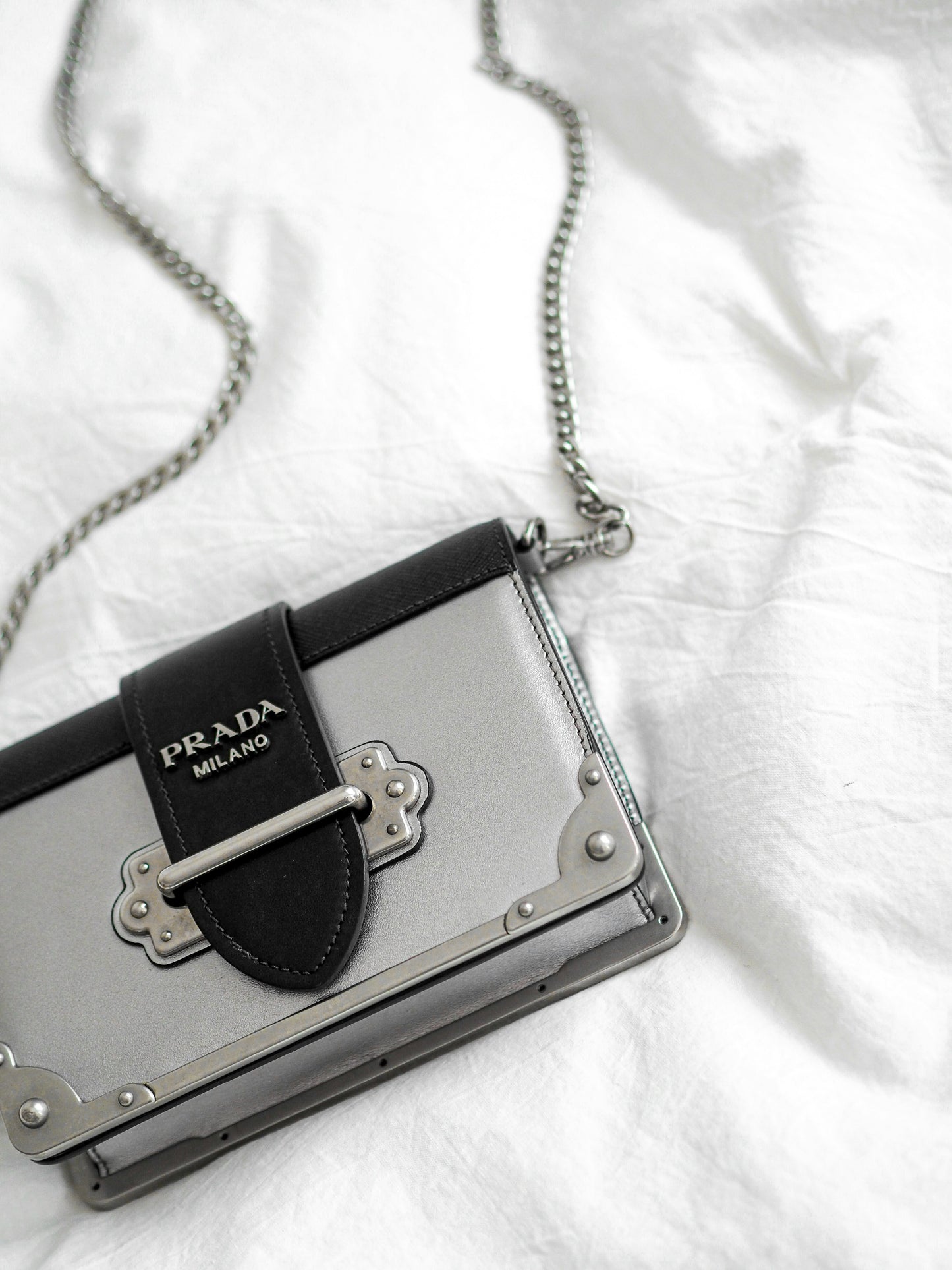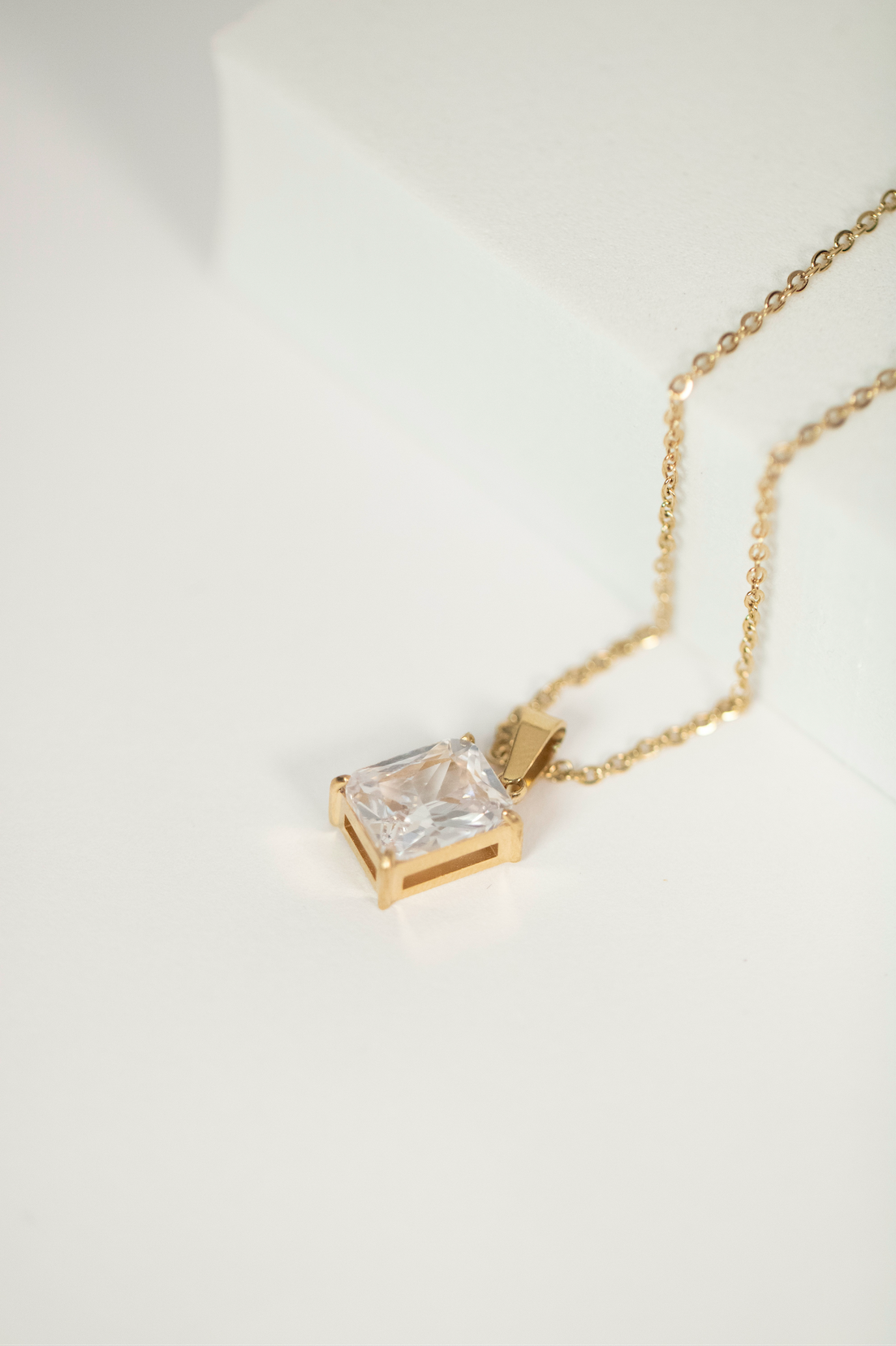
In the world of fashion and luxury, counterfeit products are a growing concern. From clothes and accessories to furniture, the market is flooded with designer fakes that can deceive even the most discerning eye. In the pre-internet era, it was considerably easier to avoid being duped, as the necessity of doing business in person meant that shoppers could often pick up key clues about the legitimacy of merchandise from the retail environment. Moreover, they could handle and inspect goods closely before buying them.
However, with the advent of ecommerce, consumers frequently misplace their trust in website photos and descriptions — particularly where third-party sellers are concerned — which are far easier to manipulate. The rise of social media and ecommerce has further blurred the line between authentic content and deceptive endorsements, leading to an explosion in misleading practices across the marketplace.
Here’s what you need to know about the counterfeit designer merchandise industry and how you can avoid knockoff luxury goods.
The Harmful Effects of the Fake Designer Industry
Fake designer bags, fake designer clothing, and other counterfeit goods hurt more than the egos and bank accounts of consumers. The harm they do includes far-reaching effects:
- Economic impacts: Counterfeit goods lead to lost revenue for legitimate retailers, translating to lost profits and job losses. For high-quality consignment stores, their existence also necessitates the effort and expense of carefully authenticating merchandise.
- Environmental impacts: Nearly all manufacturing causes at least some degree of air and water pollution as well as natural resource and wildlife habitat destruction. The rise of the counterfeit luxury goods industry needlessly multiplies this harm to our planet.
- Organized crime and human rights violations: Many designer fakes are made by sweatshop workers, including child laborers. These sweatshops are frequently run by organized criminal rings, which often funnel profits into more extreme criminal enterprises.
- Consumer health and safety risks: Many counterfeit products are of low quality and can potentially cause injuries. Consumers may be impaled on sewing pins left in fabrics or on protruding nails, staples, or tacks in fake designer furniture. Depending on the manufacturing environment or materials, you may also be exposed to harmful chemicals, biohazards, invasive insect species, irritants, or allergens.
- Legal implications: Did you know that purchasing counterfeit goods is illegal and may result in civil or criminal penalties? Ensuring that your merchandise is authentic is the safest way to avoid potential prosecution.
How to Spot Fake Designer Goods
With the importance of avoiding them being obvious, here are some fake-spotting strategies you can use to make sure that Prada Galleria bag — or any other enviable couture gem — is the real deal.
1. Know the Source
First, be mindful of how you shop and who you buy from.
- Online shopping: Make sure to shop from reputable merchants, especially if you’re shopping online. This means making your purchase directly from a designer store, department store, or luxury consignment retailer that authenticates merchandise. Because most fakes originate from China and other non-US countries, you should also look for poor translations and grammatical errors in the item description.
- Physical stores: Be cautious of street vendors or unfamiliar stores offering designer goods at too-good-to-be-true prices.
2. Examine the Quality
If you’re going to invest in a high-end piece, it may be best to shop in person and inspect the product closely.
- Materials: Fake designer goods often use cheap materials that feel inferior to the real thing. Touch the surfaces of the item in question; the materials should look and feel (and even smell) luxuriously sturdy.
- Craftsmanship: Look for uneven stitching, loose threads, poor construction, and other signs of low-quality workmanship.
- Packaging: Authentic designer goods usually come with high-quality packaging, including branded dust bags, boxes, ribbons, and authenticity cards.
3. Check the Price
You know what they say: you get what you pay for.
- Too good to be true: If the price seems too low for a designer item, it's likely a counterfeit.
- Compare prices: Check the price of your find on the official designer website or authorized retailers to ensure it aligns with the market value.
4. Verify Authenticity
You don’t have to rely on your physical sense or “sixth sense” to get the peace of mind that comes with knowing the product you’re eyeing is authentic.
- Serial numbers: Many designer goods have unique serial numbers that can be verified with the brand.
- Ask for documentation: Request certificates of authenticity or other documents that prove the item's legitimacy.
Get Authenticated Designer Brands at North Shore Exchange
North Shore Exchange is a nonprofit luxury consignment shop that offers pre-owned and pre-loved designer furniture, clothing, contemporary and vintage jewelry, and accessories. Our expert Merchandising team carefully inspects all products to ensure authenticity, so you can shop for discount luxury items with complete confidence. Explore high-quality, timeless handbags, jewelry, clothing, or home accessories and decorative objects!
You can also donate or consign your own luxury items at North Shore Exchange today. Get cash for the luxury goods in your home, and find new ones at great prices—all while giving back to the community. It’s the best of all worlds!





